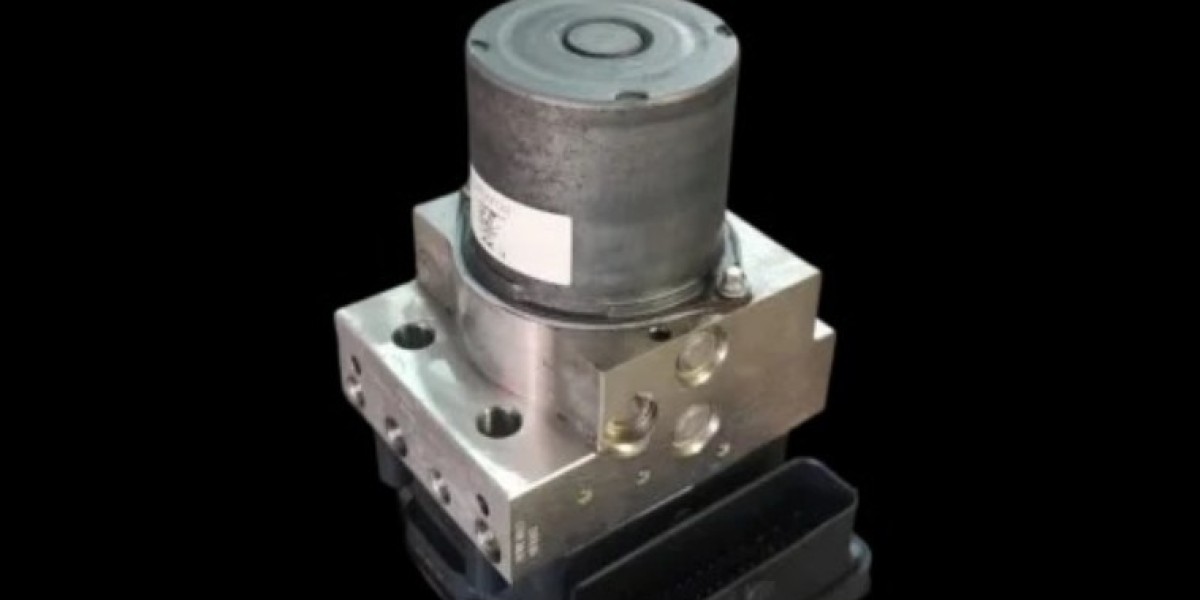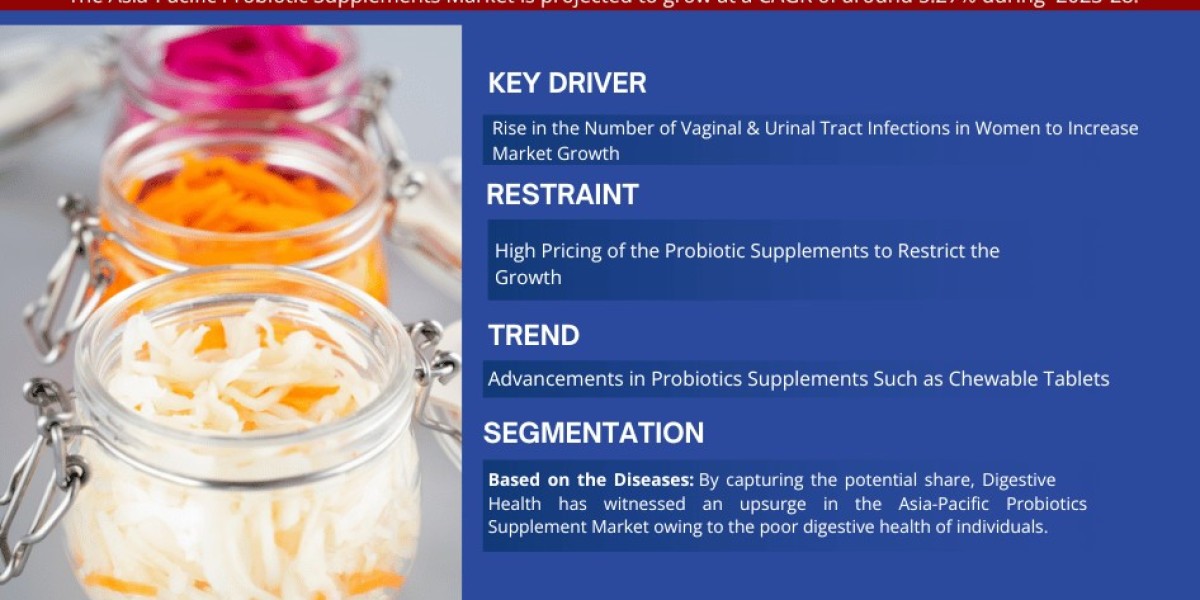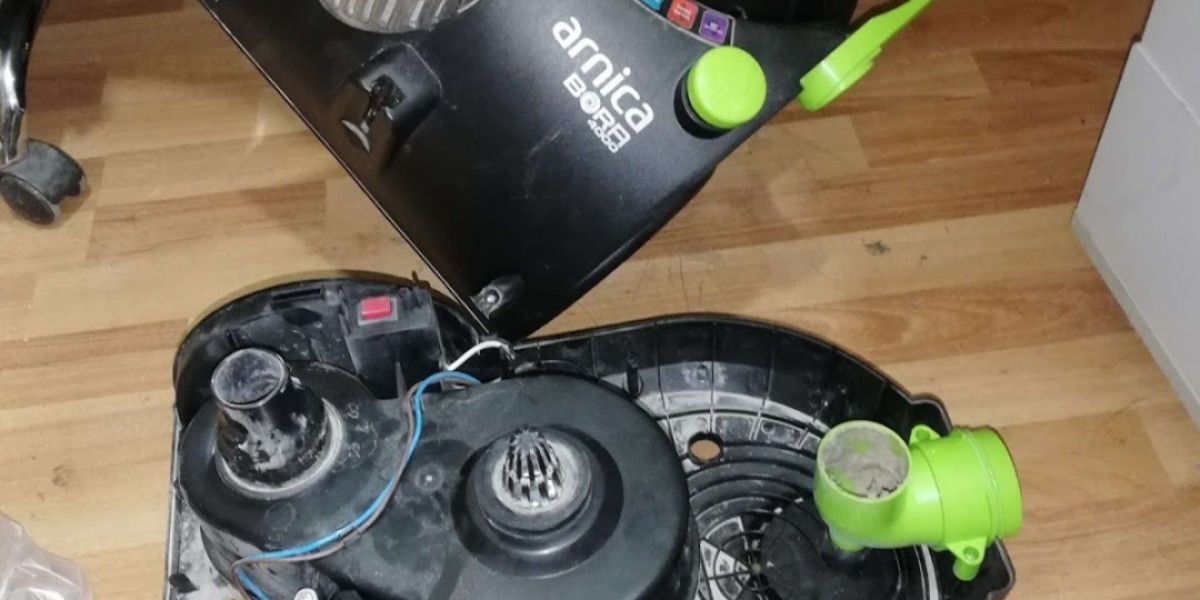The ABS Pump: Why It Matters More Than You Think
When you press the brake pedal in a moment of panic—whether to avoid a collision, stop on a wet road, or manage a sudden obstacle—your car responds immediately. But behind the scenes, there's a sophisticated system working hard to keep your wheels from locking up and to maintain control: the Anti-lock Braking System (ABS). And at the center of this safety technology lies a small but mighty component — the ABS pump.
Many drivers have heard of ABS, but few understand what the pump does, why it’s important, or how it can fail. Let’s explore everything you need to know about this critical piece of safety equipment.
What Is the ABS Pump?
The ABS pump is part of a car’s hydraulic braking system, specifically the component that maintains and restores brake fluid pressure during ABS operation. It’s designed to help prevent the wheels from locking up during sudden or hard braking by working with sensors, valves, and a control module to apply and release brake pressure multiple times per second.
In simple terms: when the ABS system reduces pressure to prevent a skid, the ABS pump immediately helps rebuild that pressure, so you continue to slow down without losing control of the vehicle.
How the ABS Pump Fits into the Braking System
The ABS pump is part of a larger system that includes:
Wheel speed sensors: Monitor how fast each wheel is turning.
Electronic control unit (ECU): Detects when a wheel is about to lock up.
Hydraulic modulator (includes the ABS pump and valves): Adjusts brake pressure to each wheel.
When a potential lock-up is detected, the ECU triggers the valves to reduce pressure. The ABS pump then kicks in to increase that pressure again once traction is restored. This rapid back-and-forth maintains controlled braking, even in slick or emergency conditions.
Why the ABS Pump Is Essential
Without the ABS pump, your anti-lock braking system would be ineffective. Here’s why the pump plays such a vital role:
Prevents Skidding: Reduces the risk of losing control on wet, icy, or loose roads.
Maintains Steering Control: Even during emergency stops, you’re able to steer your car away from hazards.
Reduces Stopping Distance: Especially on surfaces with uneven grip.
Supports Other Systems: The ABS pump works in tandem with systems like traction control and stability management.
In essence, the ABS pump allows modern vehicles to go beyond just stopping—they stop intelligently, adapting to road conditions and driver input.
Signs of a Faulty ABS Pump
As reliable as the ABS pump is, it isn’t immune to problems. Here are some signs that yours might be failing:
ABS warning light is on
Brake pedal feels spongy or unresponsive
You don’t feel a pulsing brake pedal during a hard stop
Increased braking distance or poor brake performance
Traction or stability control features stop working
Strange noises from the pump or under the hood during braking
When the ABS pump isn’t functioning properly, the entire ABS system can be compromised—putting your safety at risk.
What Causes ABS Pump Failure?
Several factors can lead to ABS pump failure. Knowing them can help you prevent future problems:
Contaminated Brake Fluid: Moisture and dirt in brake fluid can corrode internal components of the pump.
Electrical Issues: The ABS pump motor and ECU rely on stable electrical input. Wiring faults or blown fuses can cause failure.
Wear and Tear: Like any mechanical part, the pump’s motor and valves wear out over time, especially in older vehicles.
Corrosion: Brake fluid is hygroscopic, meaning it absorbs moisture. Over time, this can cause internal rust and blockages.
Mechanical Damage: Impacts from accidents or rough driving may damage the ABS unit or its wiring.
Routine maintenance and fluid changes can help extend the life of your ABS pump significantly.
Can You Drive with a Bad ABS Pump?
Technically, yes. Your regular brakes will still function even if the ABS pump fails. But driving without a working ABS pump means:
Increased risk of wheel lock-up
Loss of steering control during emergency braking
No support from traction or stability systems
Longer stopping distances in poor conditions
While it may not affect daily city driving in perfect weather, it becomes dangerous in rain, snow, or emergency situations. It’s best to get the issue diagnosed and repaired as soon as the warning light comes on.
How to Maintain Your ABS Pump
Caring for your ABS pump doesn’t require advanced knowledge. Just a few good habits can make a big difference:
Change your brake fluid regularly (every 2–3 years, or as recommended)
Have your brakes inspected annually, including ABS components
Avoid ignoring warning lights—they’re often early indicators of pump problems
Drive smoothly and avoid excessive hard braking unless necessary
Listen for unusual noises and report them early
If your mechanic has the right diagnostic tools, they can scan your ABS system for specific error codes pointing to the pump or related components.
Replacing a Faulty ABS Pump
If your ABS pump fails completely, replacement is the only reliable solution. While it’s not the cheapest repair, it’s one of the most important safety fixes you can make.
Replacement involves:
Removing the old ABS module or pump assembly
Bleeding the brakes and refilling fluid
Calibrating the new unit with the vehicle’s computer system
Some vehicles allow for the pump and ECU to be replaced separately, but many modern units are combined into one sealed module. Either way, it’s a job best left to a qualified technician.
Final Thoughts
The ABS pump may not be as visible as your tires or as talked-about as airbags, but it plays an equally critical role in keeping you safe on the road. Every time you make a sudden stop or drive on slippery roads, the ABS pump silently springs into action, maintaining traction, control, and peace of mind.
Understanding how this component works—and the signs that it might be failing—empowers you to take better care of your vehicle and stay safer in all driving conditions. Make the ABS pump part of your regular maintenance conversations, and don’t underestimate its value. It might just save your life one day.







